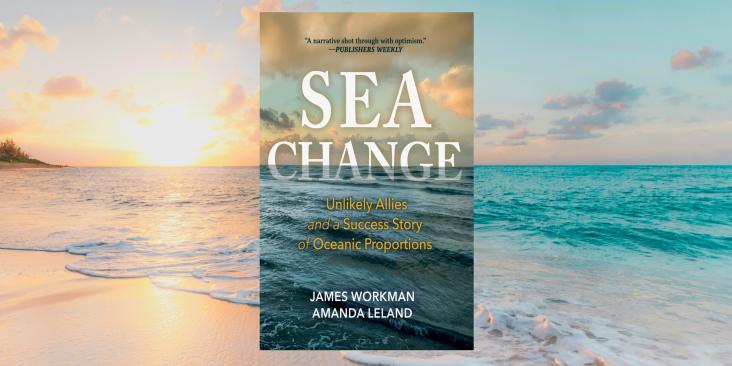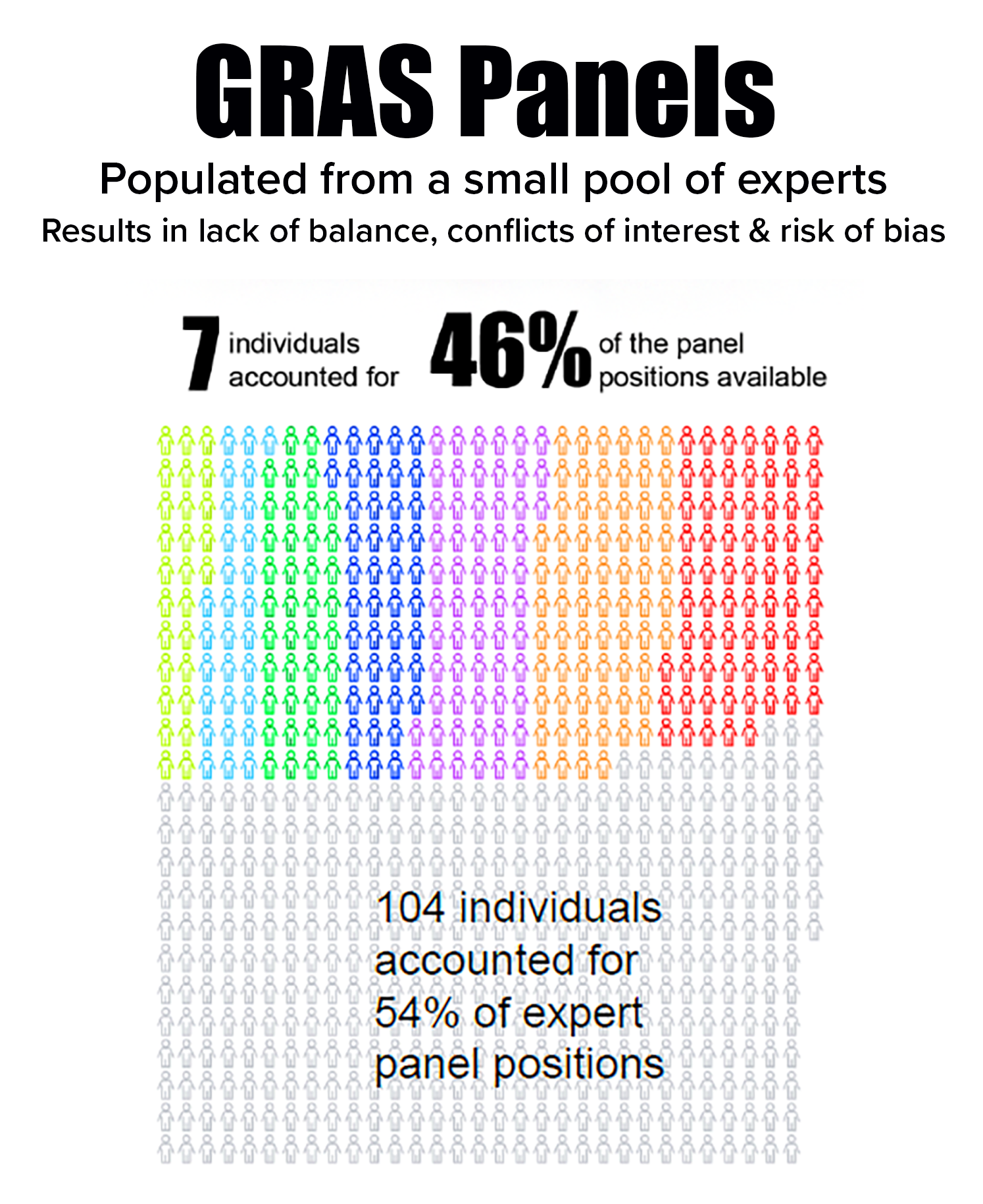What’s Happening?
The chemical industry has an extensive—and ongoing—history of complaining about how long it takes EPA to do new chemical safety reviews.
The irony is that industry is the very player causing the delays in EPA’s review process. Clear data indicate that chemical manufacturers are primarily responsible for the length of EPA’s reviews and the backlog of cases.
Why It Matters
One of EPA’s vital roles is to assess the safety of new chemicals before they enter the market.
Industry’s outcry about a backlog serves as a smokescreen to pressure EPA into swiftly approving new chemicals even when they may not be safe. This would put us all at risk, particularly those who are more susceptible or maybe more highly exposed, such as children, pregnant people, and people who live and work in fenceline communities.













